

Engage prospects with a scan and streamline customer engagement with FREE QR code marketing tools by Sona – no strings attached!
Create a Free QR CodeFree consultation

No commitment

Engage prospects with a scan and streamline customer engagement with FREE QR code marketing tools by Sona – no strings attached!
Create a Free QR CodeFree consultation

No commitment
In today's digitally connected world, the mobile home foundation repair industry faces unique challenges: high-value prospects often remain invisible, physical marketing triggers rarely make it to the CRM, and a single missed connection can mean a lost contract. Traditional marketing tactics such as printed flyers, appointment sheets, or static business cards tend to disappear into the background, rarely bridging the crucial gap from offline exposure to an ongoing digital relationship. For mobile home foundation repair businesses, QR codes now serve as a vital bridge, transforming fleeting touchpoints into sustained engagement and ensuring every valuable interaction is trackable and actionable.
By embedding QR codes onto business cards, service trucks, foundation inspection reports, or on-site signage, companies can connect prospects at the moment when intent is highest, linking directly to estimate forms, cost calculators, regulatory checklists, or galleries of past work. This approach significantly reduces friction and captures leads who might otherwise go untracked, especially those who hesitate to call or submit a form directly. As a result, businesses increase conversion rates, streamline workflows, and surface prospects who would otherwise remain anonymous and out of reach.
This guide explores how QR codes can help mobile home foundation repair companies resolve these persistent challenges, offering step-by-step guidance to drive engagement, improve attribution and follow-up, and generate real business growth from every customer interaction.
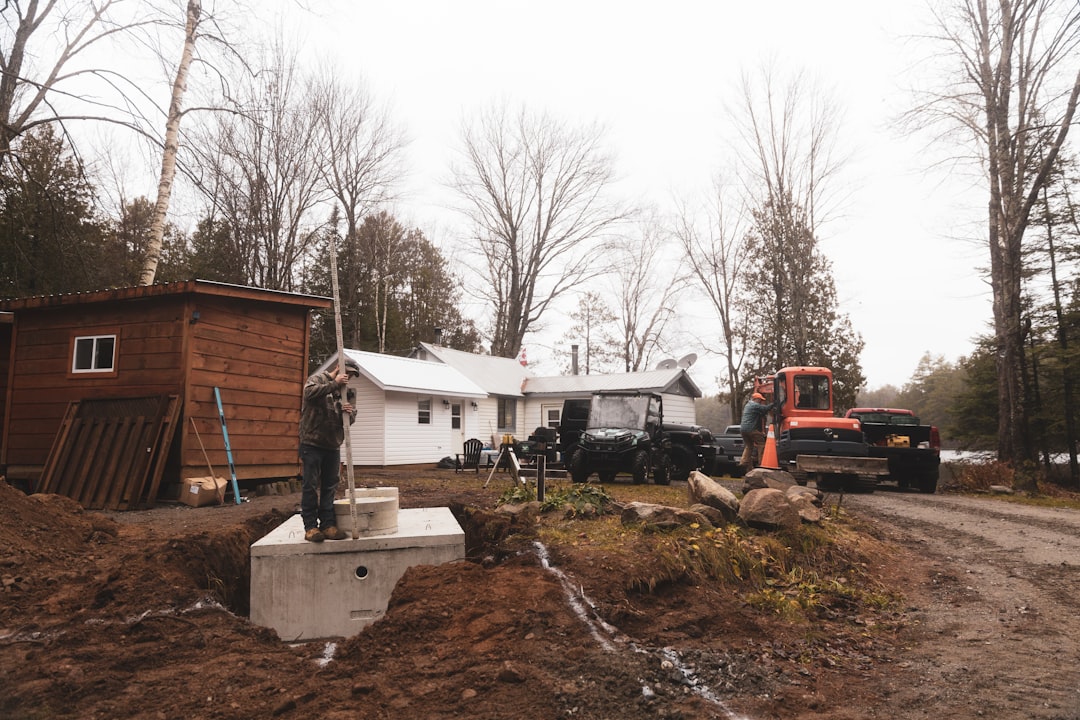
Mobile home foundation repair companies regularly confront the problem of high-potential customers slipping through the cracks. Prospects might pick up brochures, notice a truck parked on a street, or receive inspection summaries, but without a seamless method for follow-up and engagement, those opportunities often go untraced or ignored. QR codes solve the last-mile problem by turning physical interest into digital intent within seconds, offering a frictionless path to education, booking, or conversation. See this QR code marketing strategy.
When you connect QR codes to the right destinations, every scan becomes a measurable action that can trigger timely next steps. Replace analog paperwork and manual processes with QR-enabled experiences like scheduling, cost estimation, and inspection prep. With a platform such as Sona QR, teams can manage codes centrally, update destinations as regulations or offers change, and analyze performance in one dashboard.
By aligning QR destinations to business goals and situating codes at points of high attention, you create an ecosystem where every scan initiates a traceable, actionable customer journey. The result is fewer lost leads, stronger attribution, and faster response times that safeguard revenue.
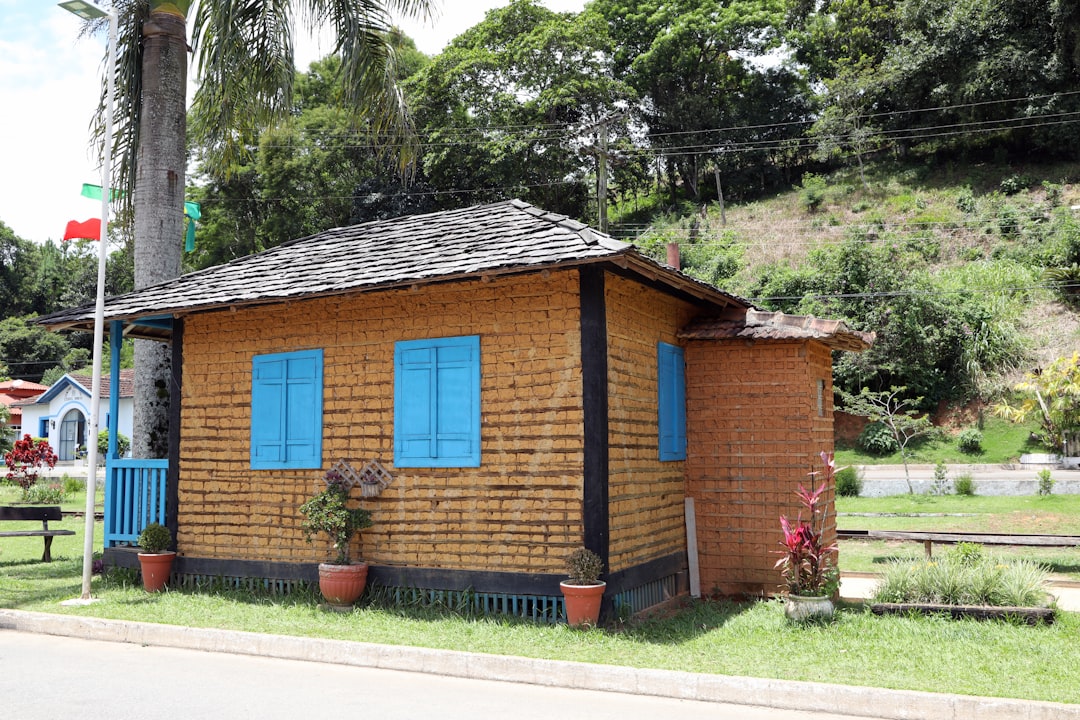
Persistent pitfalls in the mobile home foundation repair field include untracked high-intent prospects, slow or missed outreach, and inconsistent measurement. The service is urgent, specialized, and often complex, which means a delay in useful information or a misstep in follow-up can cost you the job. QR codes give homeowners an instant bridge from offline curiosity to online action, without the friction of typing URLs or making a phone call under pressure.
Homeowners who spot your trucks, keep inspection paperwork in a kitchen drawer, or see yard signage at a neighbor’s site may be interested but not yet ready for a conversation. A scan offers a light-touch first step that feels safe and useful. It can direct to a 60-second cost estimator, a local regulation explainer, or a before-and-after gallery that builds trust. Dynamic codes also ensure that even old signage continues to send people to your latest information.
In short, QR codes deliver speed, clarity, and measurement while reducing administrative friction. They make it realistic to scale both customer education and lead capture in a way that protects margins and improves the homeowner experience.
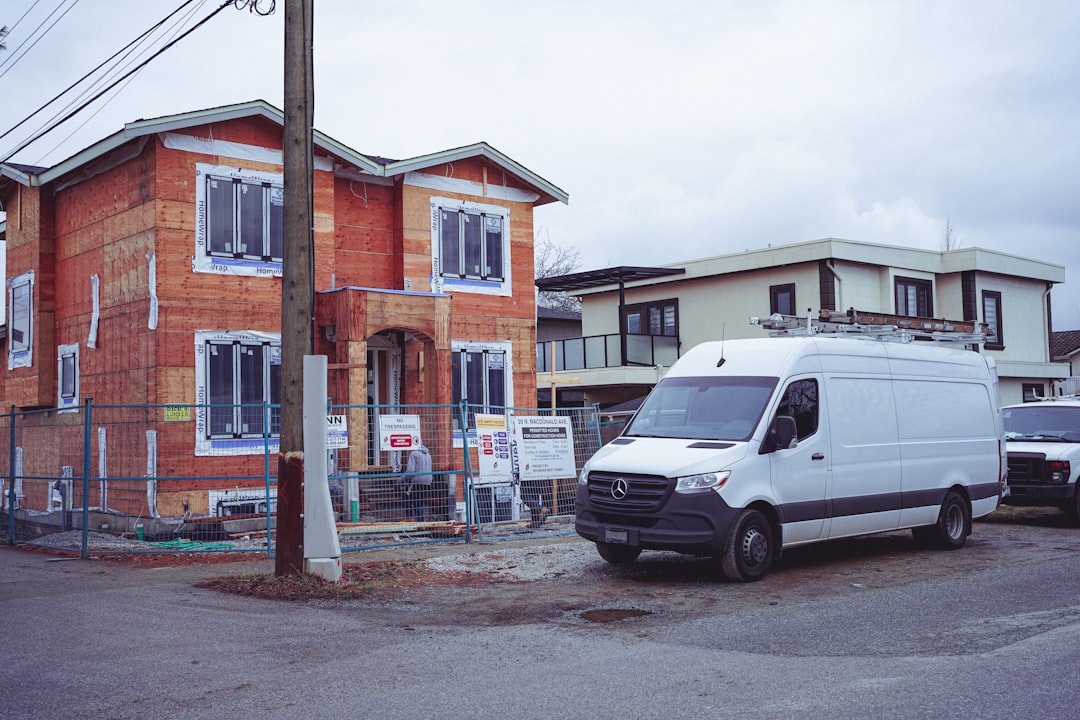
Mobile home foundation repair involves multiple workflows, from education and inspections to permitting, financing, and post-repair follow-up. A single QR format cannot cover all needs, so select the right type based on the action you want. The most useful options in this sector are web links, vCards, and forms, each tailored to common customer questions and operational realities.
Dynamic codes are especially valuable for repair companies because the information behind the code can change. Regulatory guidance, seasonal offers, and booking availability all evolve. A dynamic QR code lets you edit destinations without redesigning or reprinting decals, placards, or yard signs. For the construction sector, see QR adoption in construction.
Dynamic, editable codes reduce waste and ensure accuracy, while specialized formats like vCards and form links remove the most common points of failure in your follow-up process.
Many foundation repair businesses struggle to pinpoint where leads first engage. QR codes address this by making every offline asset attributable and interactive. When codes are uniquely assigned to each placement, you can see which surfaces, locations, and messages generate scans and which ones underperform.
Use this visibility to double down on the channels that work and fix the ones that do not. If a particular neighborhood sign generates high scan volume but low appointment rates, test a new call to action or switch the landing page to a short-form estimate quiz rather than a full form. If service truck decals drive a steady stream of after-hours scans, add an automated chatbot or appointment scheduler that confirms time slots immediately. These mobile marketing strategies can help you prioritize quick wins.
By integrating QR codes across these touchpoints, you uncover which surfaces generate demand and learn how prospects move from curiosity to commitment in your local market.
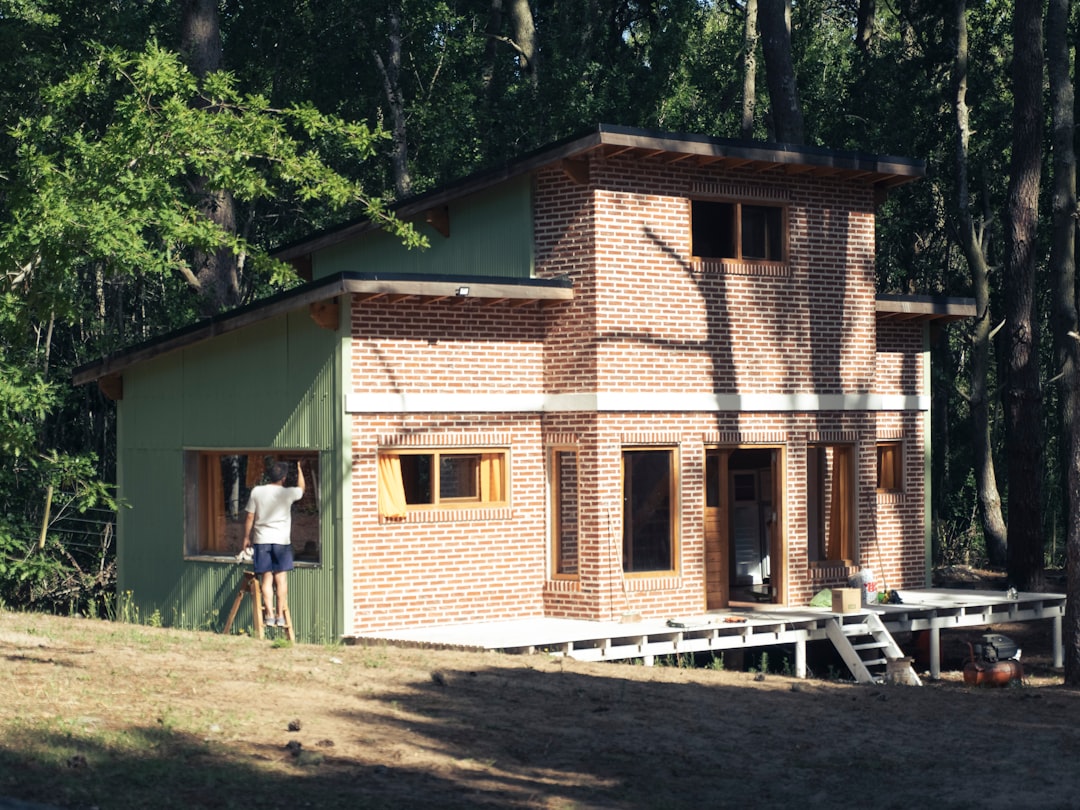
Delays in capturing details and over-reliance on callbacks can cause hot prospects to go cold. QR codes provide a timely, low-friction option to engage customers in the exact moment of interest. The following use cases reflect high-intent stages of the journey where a scan can change the outcome.
Begin by identifying the three to five highest-friction steps in your current process. Then, assign a unique code and destination that eliminates that friction. Over time, your analytics will reveal which codes produce the fastest conversions and the most qualified leads.
With each use case, QR codes replace manual, error-prone processes with interactions that trigger immediate follow-up. Scans reveal intent signals that help your team prioritize outreach and deliver the right information at the right time.
Each scan captures buyer context that helps you segment audiences by interest, urgency, and stage. When you deploy unique QR codes across field materials, vehicles, events, and paperwork, you can automatically group scanners and trigger appropriate follow-up. This prevents one-size-fits-all messaging and improves both close rates and customer satisfaction.
Homeowners scanning a pricing sheet behave very differently from those scanning a neighborhood yard sign. Structure your retargeting by use case so that your next step always aligns with the customer’s last action. Sona QR can sync scan data to HubSpot, Salesforce, and ad platforms, letting you run nurture flows or create lookalike audiences based on real-world engagement. For deeper segmentation tactics, see Sona intent data.
By making segmentation automatic, you free your team to focus on the highest-value conversations while your marketing stack handles the rest.
QR codes unify messaging across print, vehicles, events, and digital channels. They simplify conversion paths, standardize calls to action, and enable reporting that spans offline and online. This is particularly important in foundation repair, where many interactions start in the physical world and end in a signed contract after multiple touchpoints.
Bring your channels together by using a single QR platform for code creation, link management, and analytics. Your team can then compare performance across placements and tie scan activity to downstream actions such as estimate bookings, site visits, and closed deals. You can also create a trackable QR code to keep every touchpoint measurable.
QR codes serve as the offline onramp to your digital marketing engine. A centralized platform like Sona QR lets you manage all codes, monitor performance, and sync scan data across your CRM and ad tools so you can make better investments with confidence.
Identify the exact friction you want to remove. In mobile home foundation repair, common bottlenecks include unclaimed inspection offers, slow callbacks after on-site assessments, and low response to direct mail. Choose a single objective, such as increasing booked inspections or driving more financing inquiries, and map your QR destinations accordingly.
Use static codes for evergreen assets like your homepage PDF or a general company profile. Use dynamic codes for anything that benefits from editing, tracking, or ongoing optimization. Regulatory information, promotions, and seasonal availability require flexibility that dynamic codes provide.
Design influences trust and scan rates. Incorporate brand colors, a clear border, and a benefit-driven call to action. Test in real-world conditions to ensure scannability at typical viewing distances and angles.
Roll out your codes where they will be seen by the right audience at the right moment. In foundation repair, high-impact placements include proposals, service trucks, yard signs, and event booths. Each placement should have a dedicated code so you can attribute performance accurately.
Use analytics to learn which codes, CTAs, and placements deliver results. Iterate based on real data. The best campaigns evolve through testing, not guesswork.
Unattributed or anonymous interest has long hindered growth in foundation repair. Turning scans into actionable data changes that equation. When every code is tracked and tied to a specific surface and location, you can uncover the real drivers of revenue. You can also see where engagement is breaking down and fix it before it costs you deals.
Do not stop at scan counts. Tie scans to downstream milestones such as estimate requests, booked inspections, and signed contracts. With Sona QR and Sona, an AI-powered marketing platform for identity resolution and attribution, you can view engagement in context and connect anonymous scans to known contacts as they progress through your funnel. This makes QR activity part of your performance marketing strategy, not a side project. For measurement depth, explore Sona offline attribution and Sona multi-touch models.
With closed-loop measurement in place, you can allocate budget confidently, improve field operations, and give leadership a clear view of what is driving growth.
As you scale, small improvements in design, placement, and follow-up can deliver outsized results. The right habits turn QR codes from a novelty into a dependable lever for revenue. Focus on clarity, speed, and relevance in every “scan to action” experience.
Train both field crews and office staff to promote the scan experience with simple language that emphasizes benefits. Homeowners are more likely to scan when they know what they will get and why it helps them decide.
These practices help you build momentum, maintain data quality, and deliver a consistently helpful experience that improves conversion rates.
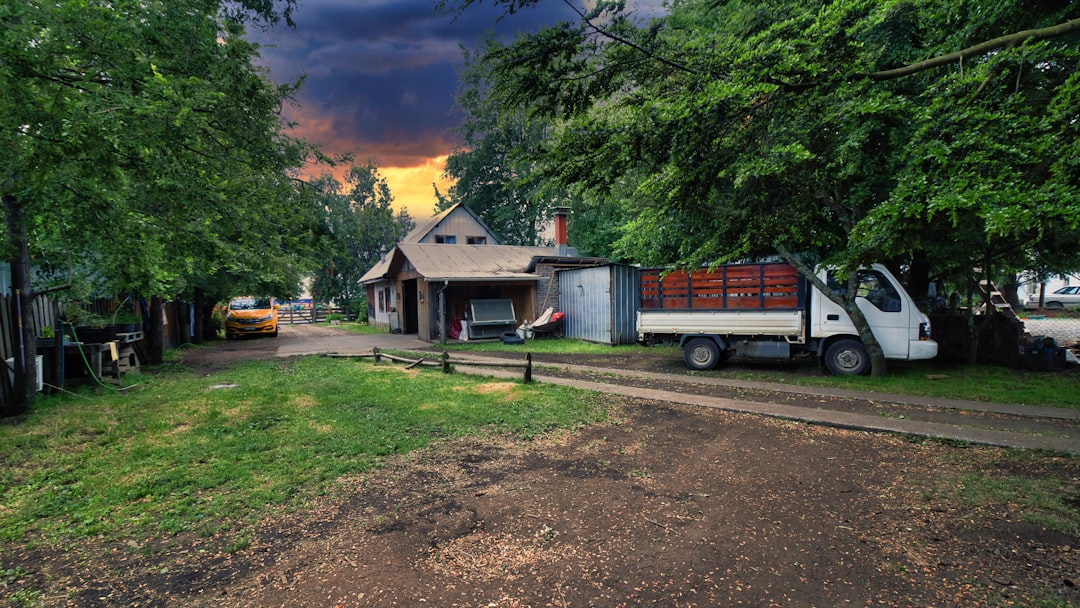
The most effective QR code deployments meet homeowners where they are and match the information to their moment of need. Start with simple, high-visibility experiments, then iterate as you learn what your market responds to. Over time, your QR program becomes a playbook for capturing demand in your service area.
Notice how each of the following ideas pairs a targeted placement with a clear outcome. The goal is to make the next step obvious, easy, and measurable so you can attribute results to the right channel.
Such creative deployments solve persistent attribution and engagement challenges. Every scan becomes a step closer to booked work, not just a marketing test.
QR codes are simple to generate but easy to misuse. The difference between a code that boosts revenue and one that gets ignored often comes down to placement strategy, message clarity, and follow-up discipline. Adopt these expert practices to sidestep common pitfalls and earn predictable results.
Regular performance reviews matter. Without consistent analysis, underperforming placements soak up budget and attention, while star performers go underutilized. A weekly rhythm of review and optimization keeps the program healthy.
QR codes offer mobile home foundation repair businesses a reliable way to overcome lost opportunities, anonymous website visits, and fractured offline-to-online journeys. By weaving QR codes into every touchpoint, you surface and engage high-value prospects at the moments that matter most.
Every scan represents a source of actionable intelligence. Teams can prioritize follow-up, optimize campaigns, and prevent missed revenue that previously disappeared due to manual processes or slow response times. With QR-enabled workflows powered by platforms like Sona QR and Sona.com, mobile home foundation repair companies can accelerate pipeline, improve customer experience, and outperform analog competitors. To scale with attribution confidence, see Sona offline attribution and Sona multi-touch models. Start creating QR codes for free at Sona QR.
QR codes are revolutionizing the mobile home foundation repair industry by transforming how contractors and customers connect and access vital information. From simplifying on-site inspections to providing instant access to repair histories and maintenance guides, QR codes enhance communication, improve transparency, and streamline service delivery. Imagine a homeowner scanning a code on their foundation to instantly view repair records or schedule a follow-up—this seamless experience builds trust and drives repeat business.
With Sona QR, you gain the power to create dynamic, trackable QR codes that can be updated instantly without reprinting, ensuring your repair teams and clients always have access to the latest information. Every scan provides actionable data, helping you optimize customer acquisition and deliver superior service that sets you apart in a competitive market. Start for free with Sona QR today and turn every scan into stronger relationships and lasting growth in mobile home foundation repair.
They often struggle with untracked high-value prospects, missed connections, and ineffective traditional marketing that fails to convert offline interest into digital engagement.
QR codes turn physical touchpoints like business cards and signage into interactive links that lead to estimate forms, cost calculators, and booking portals, capturing leads quickly and enabling measurable follow-up.
High-visibility locations such as foundation inspection reports, service vehicle decals, yard signs, direct mailers, and event booths are ideal placements to capture homeowner interest and generate leads.
Dynamic QR codes linked to web pages, vCards, and forms are most useful because they allow real-time updates, facilitate contact sharing, and streamline job requests and feedback collection.
Dynamic QR codes let companies update destinations without reprinting, track scan data for attribution, and optimize campaigns based on real-time performance.
By using centralized platforms like Sona QR, companies can monitor scan volume, scan-to-lead rates, appointment bookings, and attribute revenue by linking scan data to CRM and marketing tools.
They should identify key friction points, select appropriate code types, design and test codes for usability, deploy codes across targeted channels, and continuously track and optimize performance.
QR codes provide immediate, low-friction access to estimates, booking, and educational resources, capturing homeowner intent at the moment of interest and enabling timely follow-up.
Examples include placing codes on branded yard signs with before-and-after galleries, service trucks with warning sign CTAs, event booths for lead capture, and door hangers with checklists for neighbors.
Use unique codes for each asset, incorporate clear calls to action, provide team training on promoting scans, automate rapid follow-up, and conduct weekly performance reviews to refine campaigns.
Use Sona QR's trackable codes to improve customer acquisition and engagement today.
Create Your FREE Trackable QR Code in SecondsJoin results-focused teams combining Sona Platform automation with advanced Google Ads strategies to scale lead generation

Connect your existing CRM

Free Account Enrichment

No setup fees
No commitment required

Free consultation

Get a custom Google Ads roadmap for your business






Launch campaigns that generate qualified leads in 30 days or less.
